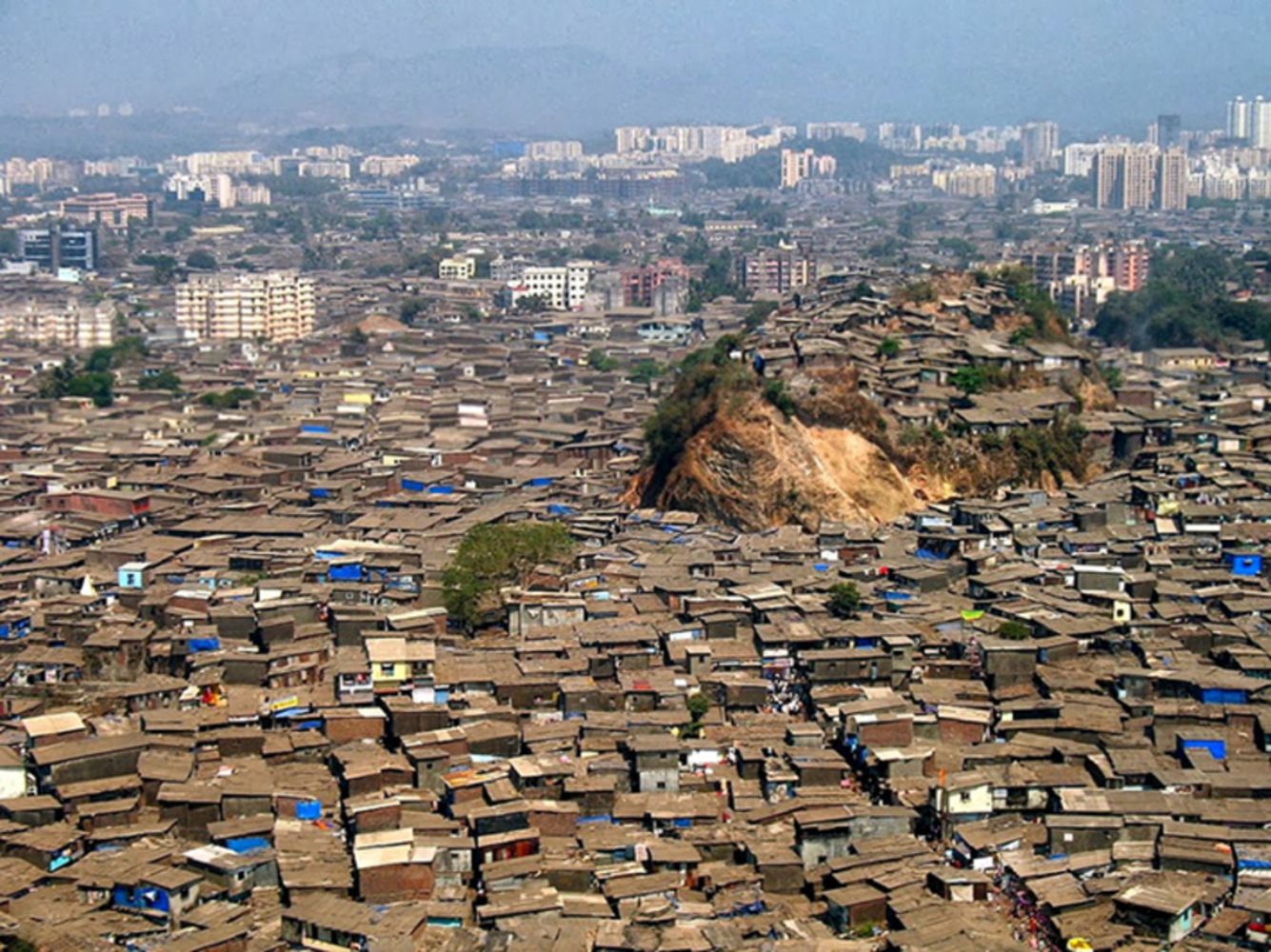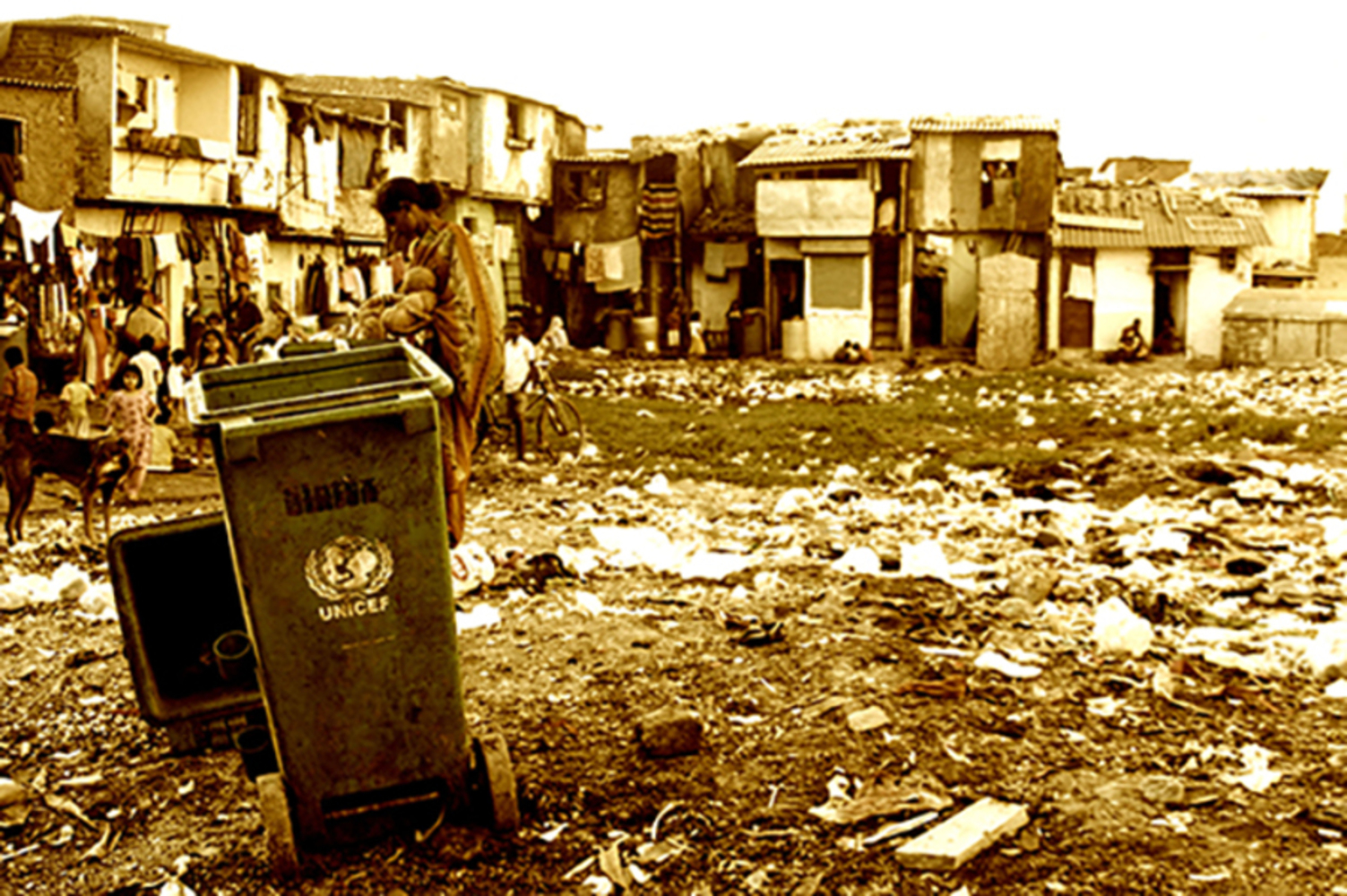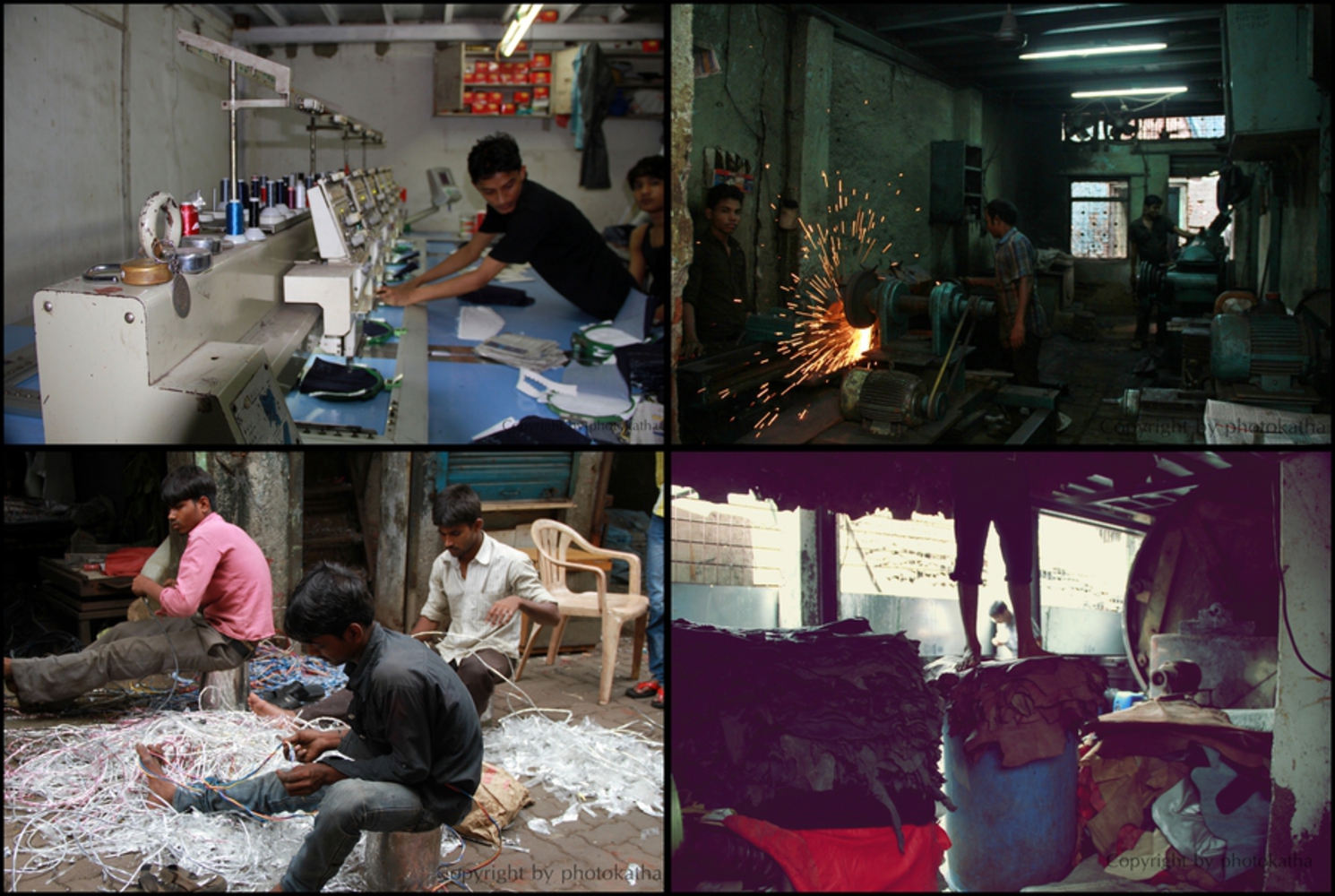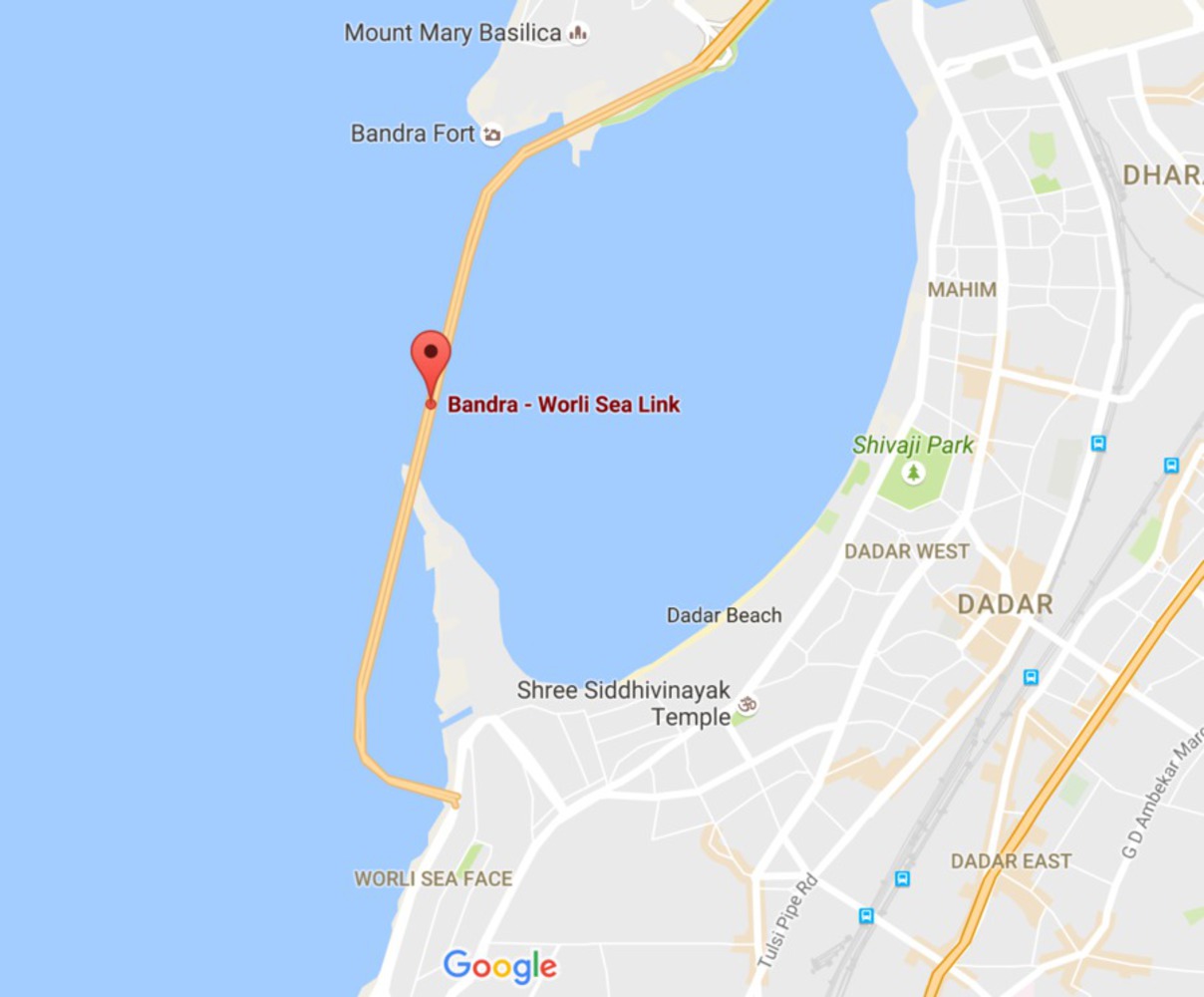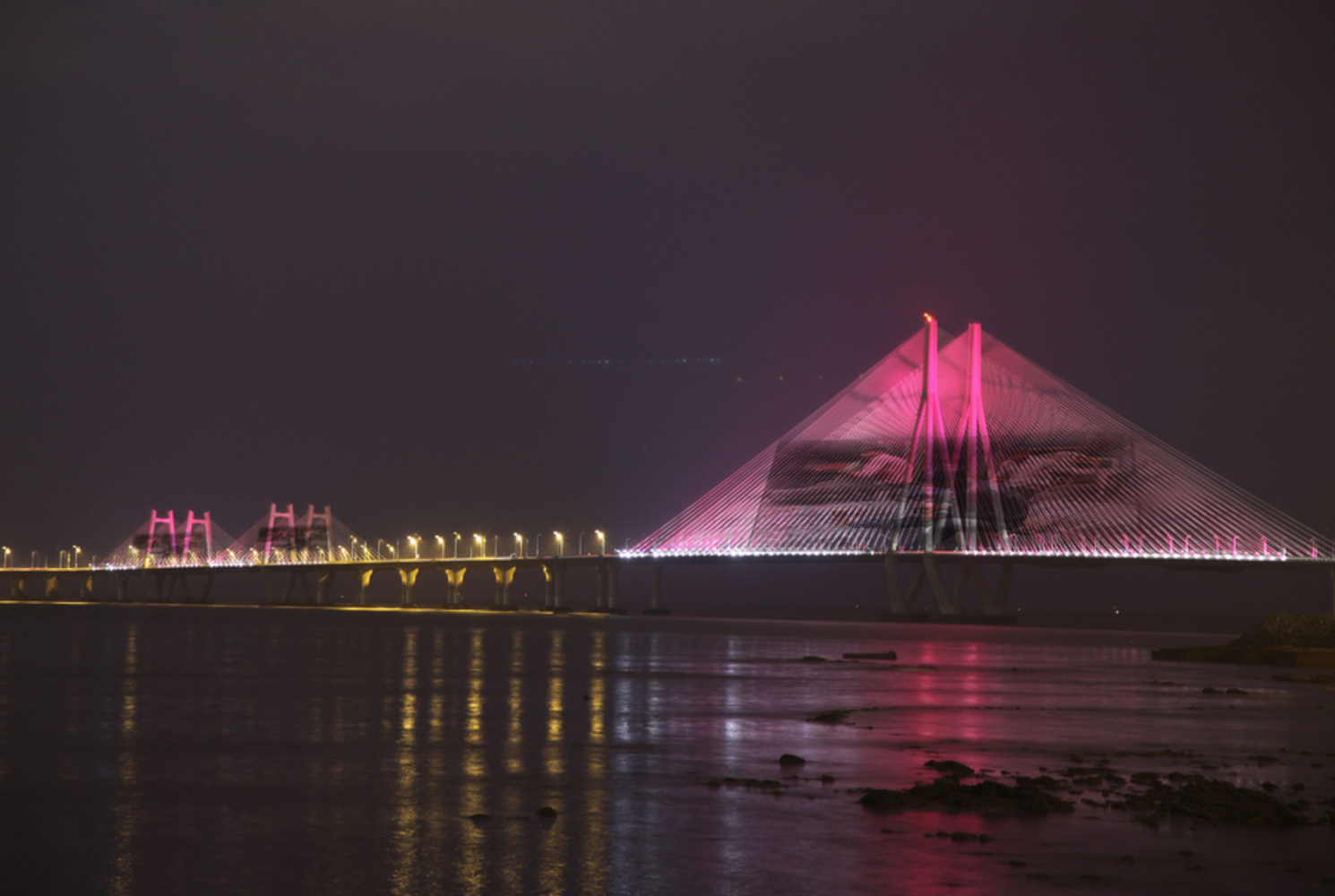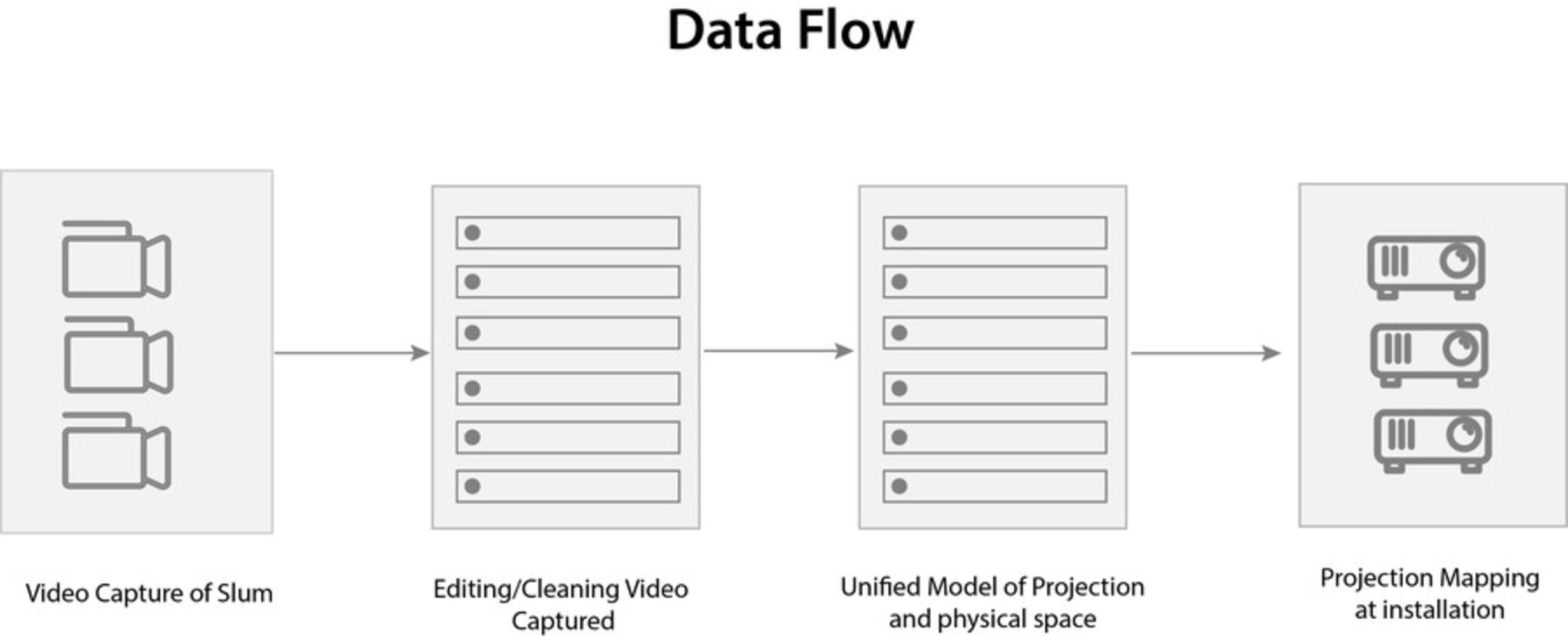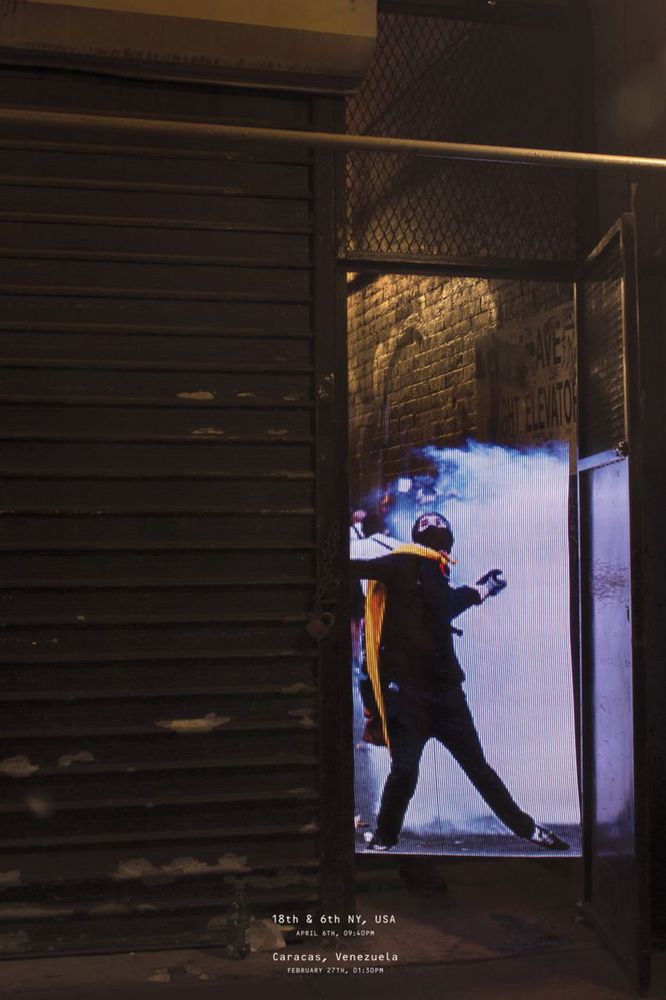Dharavi is one of the biggest slums in India, right at the heart of India’s most populous and richest city, Mumbai. There are almost 1 million people, who have migrated from different rural parts in India, living in it in an area of around 217 hectares. The people here live in terrible physical, mental and health conditions. Every tiny shed, known as 'pongal' houses is is shared by huge families having 8-10 members. Government pays no attention to the hygiene conditions here. People doesn’t have access to clean water, electricity and other basic amenities. It also has experienced a long history epidemics and natural disaster. Moreover, the community is looked down upon by others as children from this community are not accepted in good schools, banks doesn’t approve loans of its members and it is difficult for lot of its members in getting a job outside community.
Outcome
The installation will be on the Bandra–Worli Sea Link, officially called Rajiv Gandhi Sea Link, is a cable-stayed 5.3 Km bridge with pre-stressed concrete-steel viaducts on either side that links Bandra in the Western Suburbs of Mumbai with Worli in South Mumbai.
There will be projection mapped, augmented spatial experience on both sides of the bridge, each denoting different aspect of life in Dharavi. One side will have an experience which demonstrates the living conditions of people living in Dharavi. The other side will show workers working in the small scale industry operating in Dharavi. Whenever any cars slows or stops near the installation, it will starts a projection mapping where it follows daily life of an Dharavi resident going about his daily household activities in extreme dire conditions. On, the other side of the bridge, you could see the same person working in a small scale business or industry and the hard work he puts in his job.
The installation hopes to bring forth the precarious living conditions of Dharavi residents. It will be a representative of the fact that Dharavi should not be dismissed as merely a slum, since it operates as a contained residential and commercial city. Although Government and other organisations need to intervene and improve the living conditions of people living there, however, they also need to understand the dynamics, so that when there is an intervention by them, it doesn’t destroy what is there. The bridge also serves as metaphor for this situation as there is a need to find a solution which takes into account both sides of the situation of residents of Dharavi.
The installation will be an immersive, spatially augmented experience. The basic building block of the installation will be a combination of a wide field of view projectors and Kinect like sensors. By tiling and overlapping multiple such units, we will be able to cover the entire bridge with input/output pixels. We will tracks users’ movements and dynamically adapts content of the projection. The content of the experience will be based on video footage, that will be captured by huge number of camera installed in the slums and connected via a network. The content will change periodically highlighting the extreme conditions faced by slums residents during summer, winter and monsoon. The content could also vary showing different communities, age groups.
Design Inspiration
New York Time Article( http://www.nytimes.com/2011/12/29/world/asia/in-indian-slum-misery-work-politics-and-hope.html):
New York Times did an article about Dharavi, where they outlined this dual condition of Dharavi. After reading this article, I realised that I did not knew about the entrepreneurial aspect of Dharavi and wanted my proposed installation to highlight this duality.
Invisible Protests
Project Link: ( http://thecreatorsproject.vice.com/blog/artistic-interventions-hack-venezuelan-protests )
You can upload files of up to 20MB using this form.
